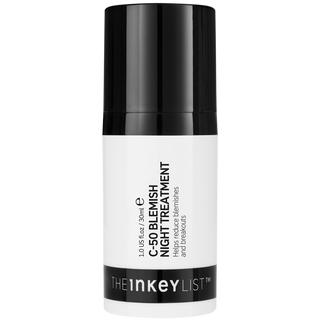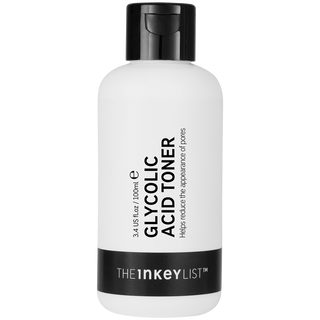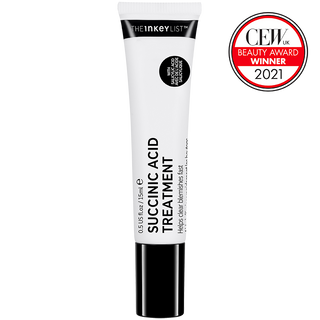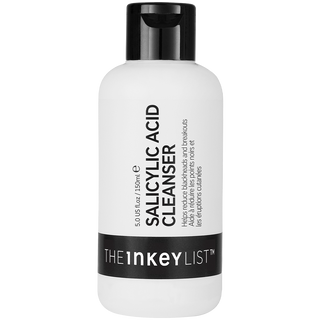AHAs Vs BHAs - What's The Difference?

Although the temps are dropping, exfoliation is still a necessity for maintaining healthy skin. However, we know that exfoliating and finding the right ingredients to meet your skincare needs and goals can get confusing quickly when the ingredients read like scientific formulas.
Today, we’re breaking down the differences between Alpha Hydroxy Acid (AHA) and Beta Hydroxy Acid (BHA). Neither one is better than the other, rather it’s all about determining which one is best suited for your skin type. So let’s dive into what each acid is and how it works.
What is Alpha Hydroxy Acid (AHA)?
Alpha Hydroxy Acid exfoliates the skin at the surface to clear dead skin cells. It exfoliates the skin by breaking down the "glue" that holds the dead skin cells together. Most AHAs are recommended for normal to dry skin, and skin with past sun damage (that isn’t currently sunburned) because of its natural exfoliating and resurfacing benefits.
Some AHAs include:
- Mandelic Acid Treatment
- Glycolic Acid Toner
- Glycolic Acid Exfoliating Scalp Scrub
- Apple Cider Vinegar
It’s important to note that PHA toner works similarly to AHAs but is a larger molecule, which penetrates less and is therefore more gentle.
What is Beta Hydroxy Acid (BHA)
Beta Hydroxy Acid penetrates below the skin’s surface into pores to unclog them. Since BHAs are oil-soluble, they’re typically recommended for combination to oily, breakout-prone skin.
Some examples of BHAs include:
- Salicylic Acid Cleanser (Succinic Acid Treatment and C-50 Blemish Treatment also contain Salicylic Acid)
- Salicylic Acid Exfoliating Scalp Treatment
- Beta Hydroxy Acid (BHA) Serum
Now that we’ve defined AHA and BHA, we know that choosing which one to use depends on your skin type and your skin goals. But how about layering them? Can you use them together and if so, what’s the best way to use both in your routine?
Can you use AHA and BHA together?
We recommend that it’s best to alternate versus using both at the same time. In addition, it’s always important to consider the percentage of the acid and doing a patch test first before fully committing to a new product to avoid any potential irritations or sensitivities. You can learn more about how to do a patch test and why they are important in our blog here.
Ready to exfoliate? If you have any additional questions about when and/or how to use AHAs or BHAs in your routine, feel free to chat with our live askINKEY team–here to help you achieve your skincare goals!













